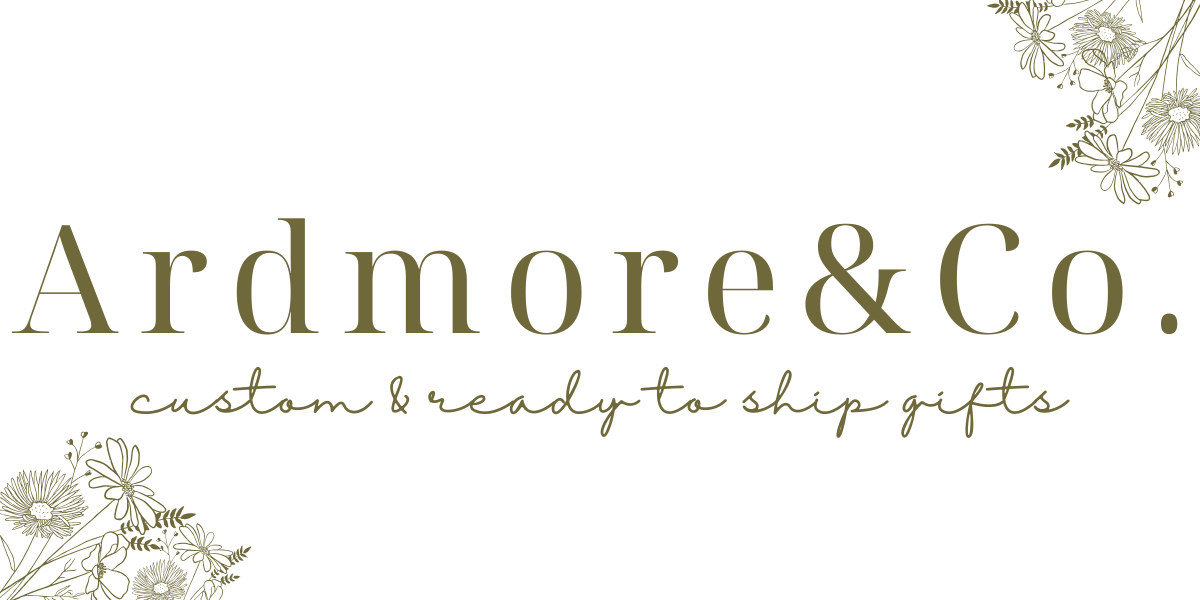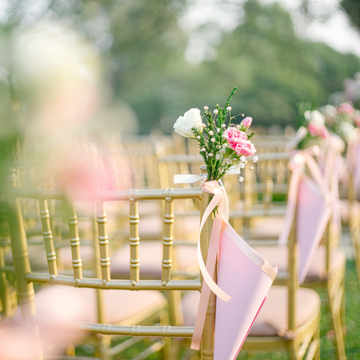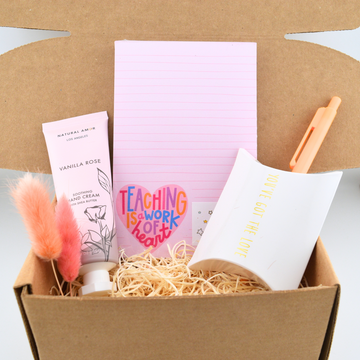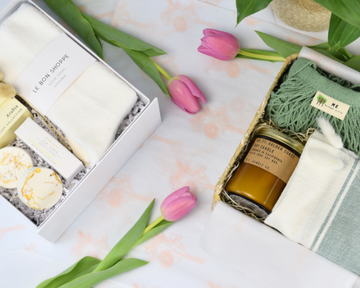Figuring out I had to embark on a journey with product photography, I have started out with no fancy setup—just a $200 Nikon camera I bought off Facebook Marketplace, a budget-friendly Amazon light box ($70 approx), some packable lights ($30), and a roll of white paper. Editing? Canva all the way. It’s the platform I feel most comfortable with, so I lean into it.

I still have a long way to go before I truly nail product photography, but along the way, I’ve realized something important: I actually enjoy the process when I slow down and take my time. However, the biggest challenge? Lighting. It’s tricky, and I get it wrong all the time. Learning to manipulate light is an ongoing struggle, but I’m determined to figure it out (or at least get a little better at it).
Understanding Manual Mode: Aperture & Shutter Speed
One thing I have a basic grasp of is using manual mode on my camera, specifically adjusting aperture and shutter speed. These two settings make a huge difference in how my product shots turn out.
-
Aperture (f-stop): This controls how much light enters the camera. A lower f-stop (like f/2.8) lets in more light and creates a beautiful blurred background (great for lifestyle shots), while a higher f-stop (like f/11 or f/16) keeps everything in sharp focus (ideal for flat lays and detailed shots).
-
Shutter Speed: This determines how long the camera’s sensor is exposed to light. A fast shutter speed (like 1/500) is great for freezing motion, while a slower one (like 1/50) allows more light in but requires a steady hand—or a tripod—to avoid blur.
Lessons I’ve Learned So Far
-
Lighting is everything. Even with my basic setup, natural light can sometimes be my best friend (or worst enemy). Positioning my light sources and diffusing harsh shadows has been a constant experiment.
-
Take it slow. When I rush, I end up frustrated. When I take my time, I get creative and enjoy the process more.
-
Editing can’t fix everything. Canva helps enhance my photos, but starting with a well-lit and properly framed shot makes editing so much easier.
One day, I’d love to hire a professional photographer. But for now, I’m embracing the learning process, trial and error, and small victories along the way. If you’re on a similar journey, just remember: progress over perfection. Keep shooting, keep experimenting, and enjoy the creative process!






